Democratizing Smart Connected Motorsport with IoT
The ERA Championship uses IoT edge to accelerate innovation on and off the track

One of life’s great paradoxes is that having relevant experience is critical to creating the best opportunities, but how can you get the experience if you don’t get an opportunity to show what you are capable of first? The Electric Racing Academy (ERA) is taking that paradox head-on in the world of motorsports by making racing more accessible to everyone. Headed by Beth Georgiou, Rudi Penders, and Dieter Vanswijgenhoven, the mission of the world’s first all-electric junior formula racing series is to transform motorsports by making it more accessible, sustainable, and equitable. Now that the organization has completed its first single seater racing series, let’s look back at how IoT solutions allowed them to leapfrog the status quo and give the race teams the platform to turn data into speed.

The ERA Championship is the world’s first all-electric junior formula racing series. Think of Formula 4 for electric racing. It’s a feeder series for the more senior electric racing categories. It gives young drivers a chance to hone their skills and master electric racing, which is significantly different from internal combustion engine (ICE) powered racing. Effectively managing engines that deliver 100% torque at a standstill, the limited battery power and regenerative breaking can win or lose a race.
Cost is a key inhibitor for many aspiring young drivers entering motorsport. Through providing a managed single-make series, the ERA Championship has drastically reduced the costs for drivers. The cars use the Mitsu-Bachi F110e chassis with a 24-kWh battery pack connected to a 130 KW/175 HP motor, weigh about 690 KG, and have a top speed of 210 KPH/130 MPH.
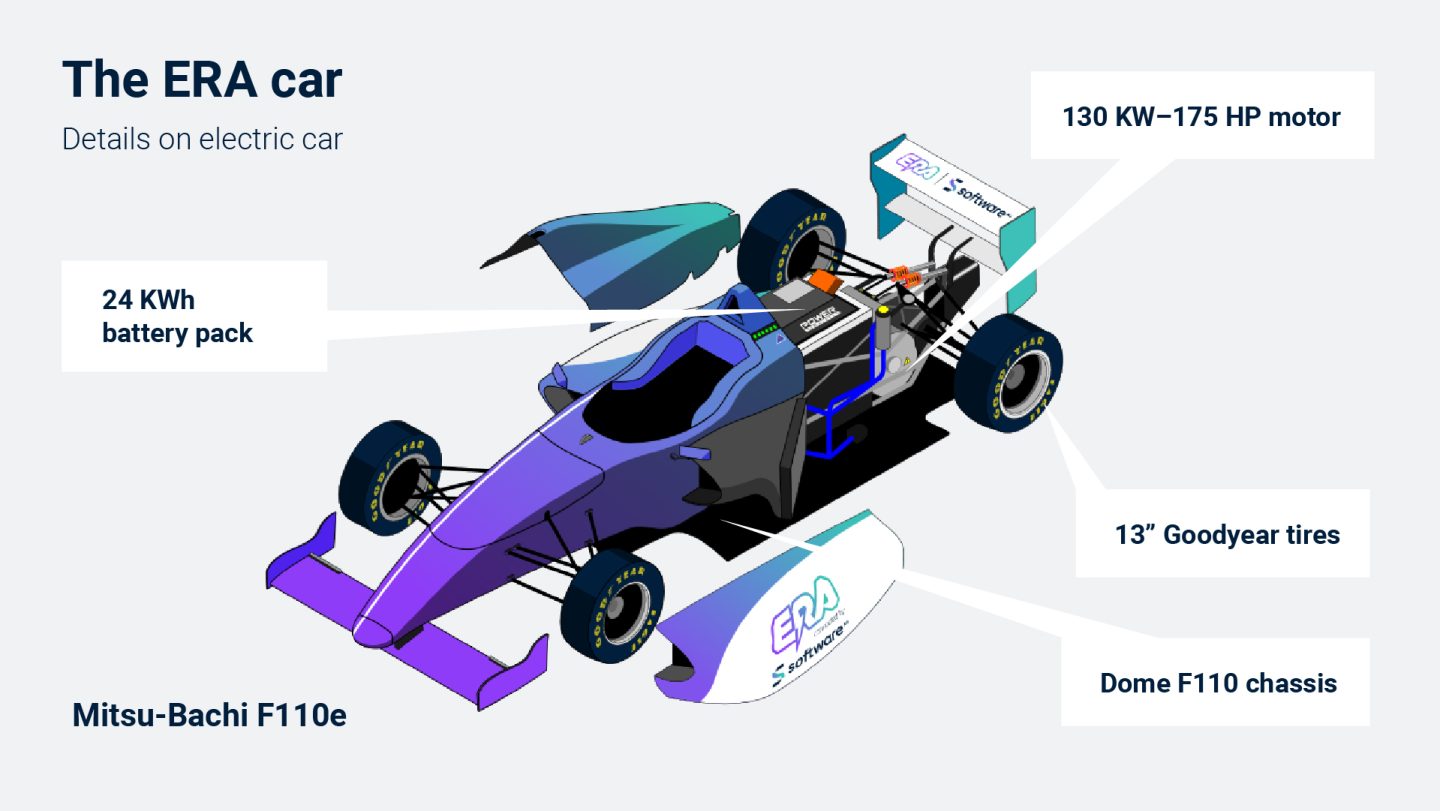
Using data to get an edge
Data has become fundamental to successful motor-racing, even at the lower tiers where typically all the car data is logged whilst the car is on the track and only inspected when the car returns to the pits. The ERA Championship leverages real-time data only previously available to top tier motorsports, as all the car data is streamed live to race engineers and fans. The live data allows efficient, immediate coaching of the young drivers, enabling their engineer to give them feedback on how they are managing the battery, the recharging, the best racing lines, and how their breaking points compare to others.
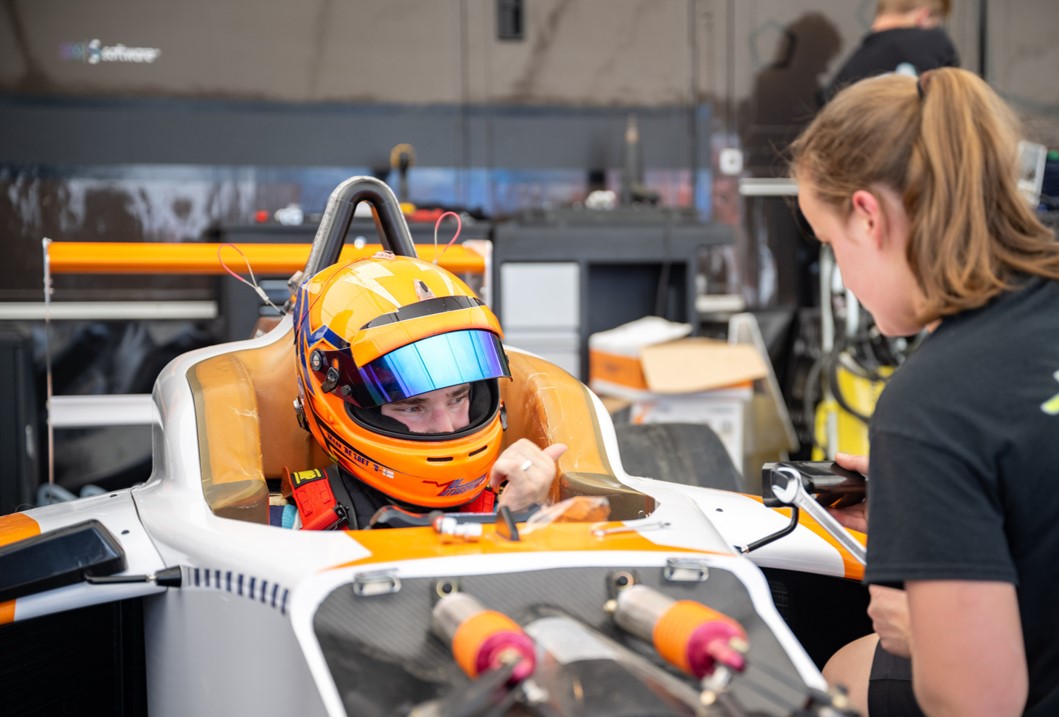
The cars generate over 250 measurements every second, including battery level, throttle position, 3 dimensional accelerometers, speed, and GPS position, all of which may need pre-processing before they are transferred from the car. Accessibility is a key factor in how this data is captured and processed, with open technologies allowing a wider community of developers to support the initiative.
Each car contains a Raspberry Pi that captures and pre-processes data from the car’s CANbus and auxiliary sensors before using thin-edge.io to securely transfer it to Software AG’s Cumulocity IoT platform. thin-edge.io is the first open-source cloud agnostic IoT framework for resource constrained Linux-based edge devices. Using MQTT to simplify software integration, written in RUST for reliable high-performance, having a RAM footprint of less than 16 MB, deployable in containers, and pre-integrated to Cumulocity IoT, made it the perfect fit.
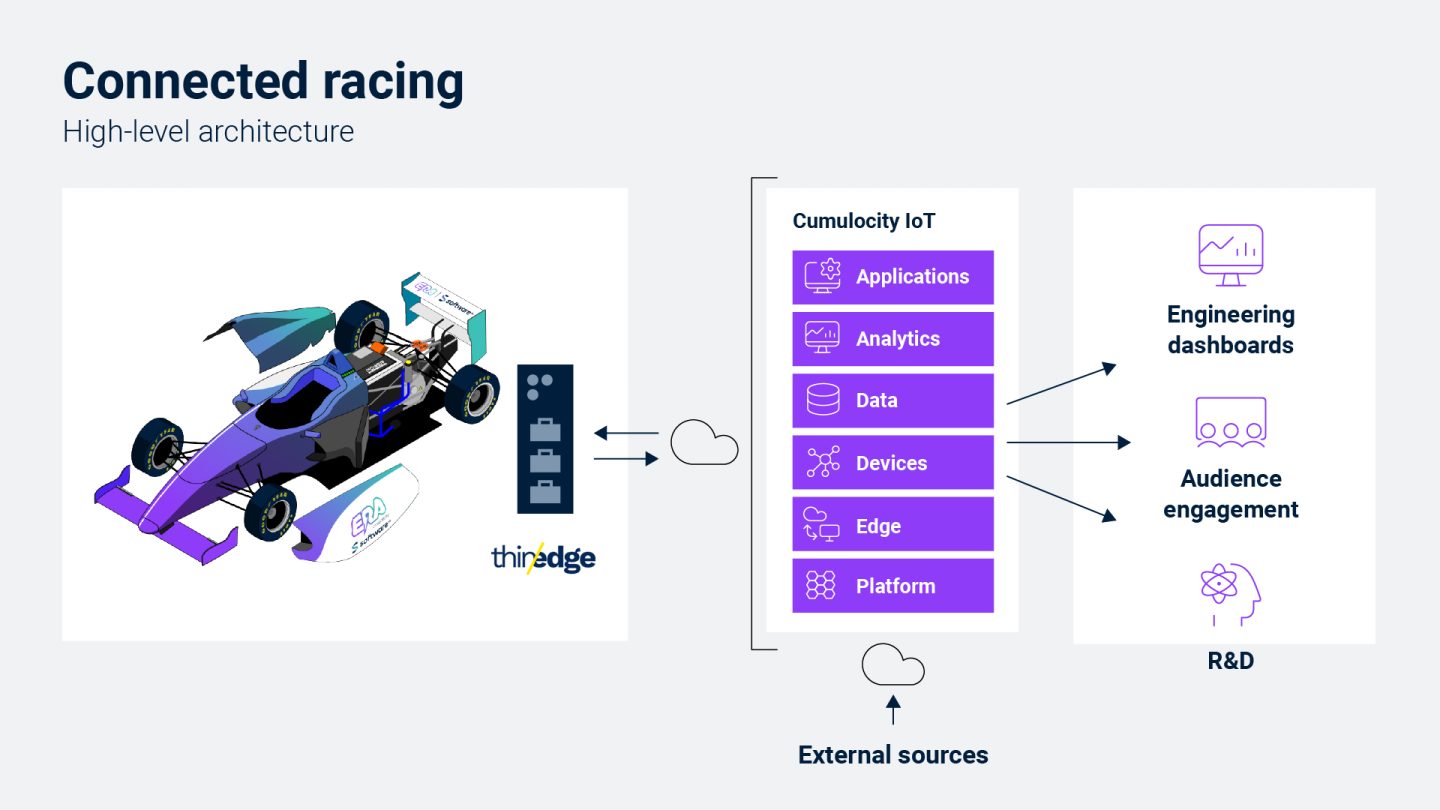
It’s not just about the car
Managing performance during a race requires more than just data from the car. It also requires data from external sources, such as track-side and short-range meteorological weather data like temperature and humidity, the probability and volume of any precipitation during the race, and the windspeeds across the track. This was especially important at the event in Madrid, Spain which experienced a heatwave during the event, resulting in the over 40 C / 104 F track temperature impacting the power delivery from the battery pack.
In addition, the engineers used technical and logistical information, like the type and age of the tires, valuable feedback from the drivers about handling of the vehicles, and the tactical decisions needed to be incorporated. Cumulocity IoT allows for all the quantitative and qualitative data to be incorporated into the insights provided to engineers and fans.
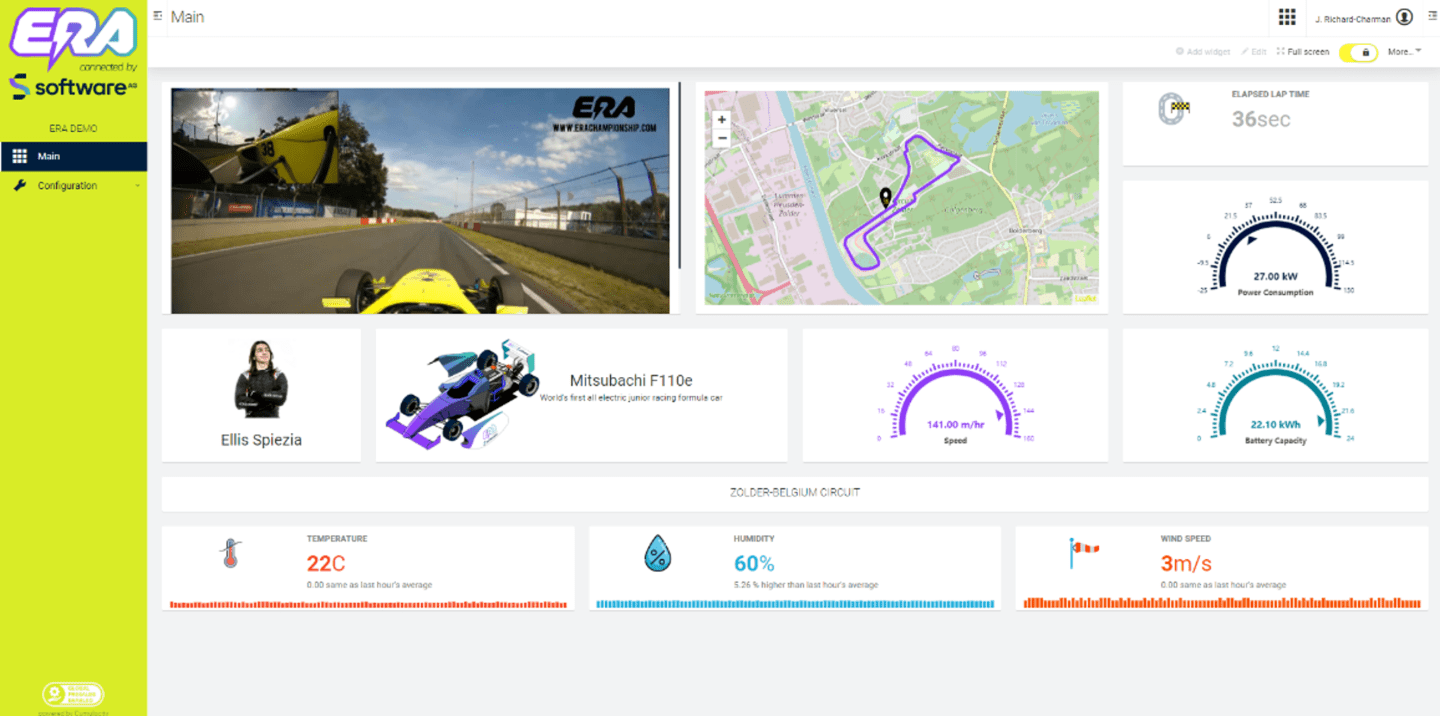
Continuous innovation wins
Gaining a tactical advantage in a race requires perfect setup and split-second decision making based on conditions and variables that can change in an instant. There is no time for an engineer in the pit to perform a detailed evaluation of the information as it comes in. Fortunately, they don’t have to, as Cumulocity IoT’s self-service Analytics Builder provides the engineers the tools to create their own analytics models that process the car data to create aggregated data points, measurements, alerts, alarms, and even change the configuration in the car in real-time. Essentially, it automates the troubleshooting by spawning multiple bots that incorporate the codified domain knowledge of the engineers themselves.
The ERA Championship cars start the race with less battery power needed to complete the race distance under full power, so the effective use of regenerative power is key. The fastest drivers over one lap might put themselves on pole, but the masters of regenerative power are more likely to cross the finish line in first place.
Like the creativity explosion after the establishment of the musical staff in the 11th century, the open and self-service approach to IoT provided by thin-edge.io and Cumulocity IoT is accelerating the data-driven approach to motorsport. Incubating the innovation from students of the affiliated KdG University, ecosystem partners, and the engineers, allows the ideas to be tested and incorporated into the cars at a rapid pace.
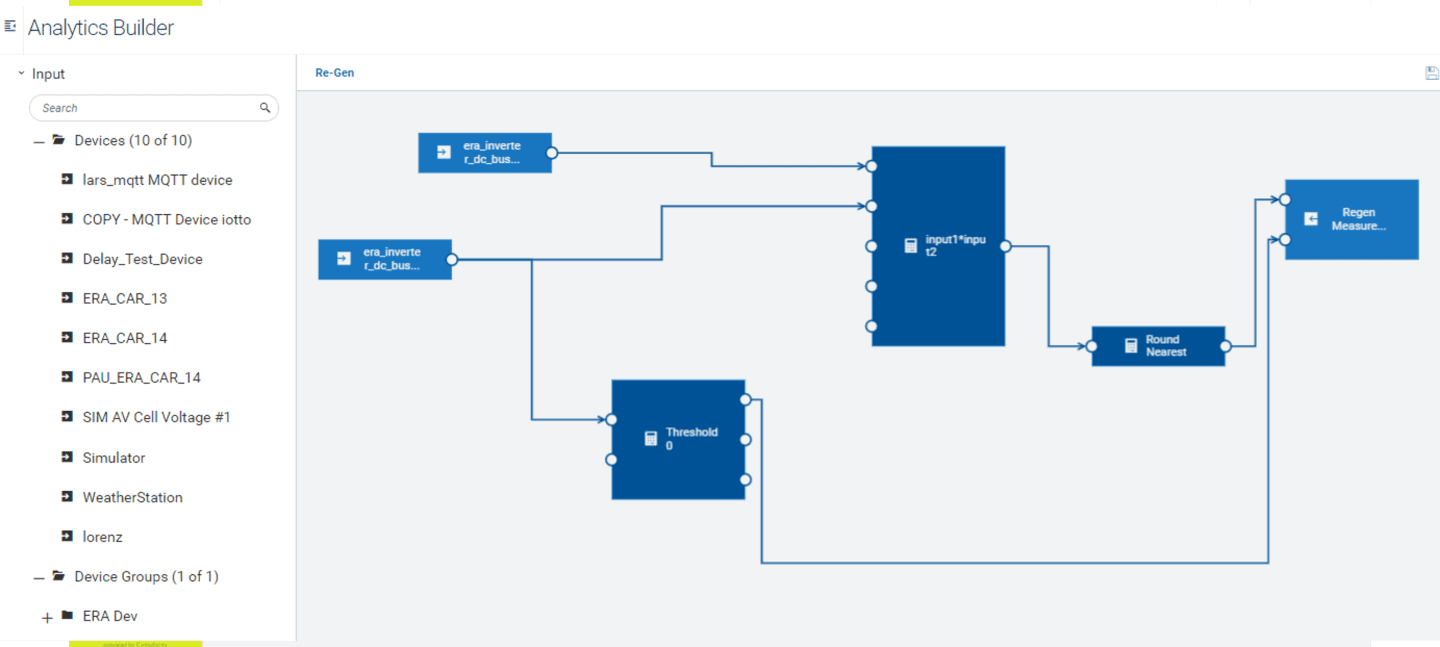
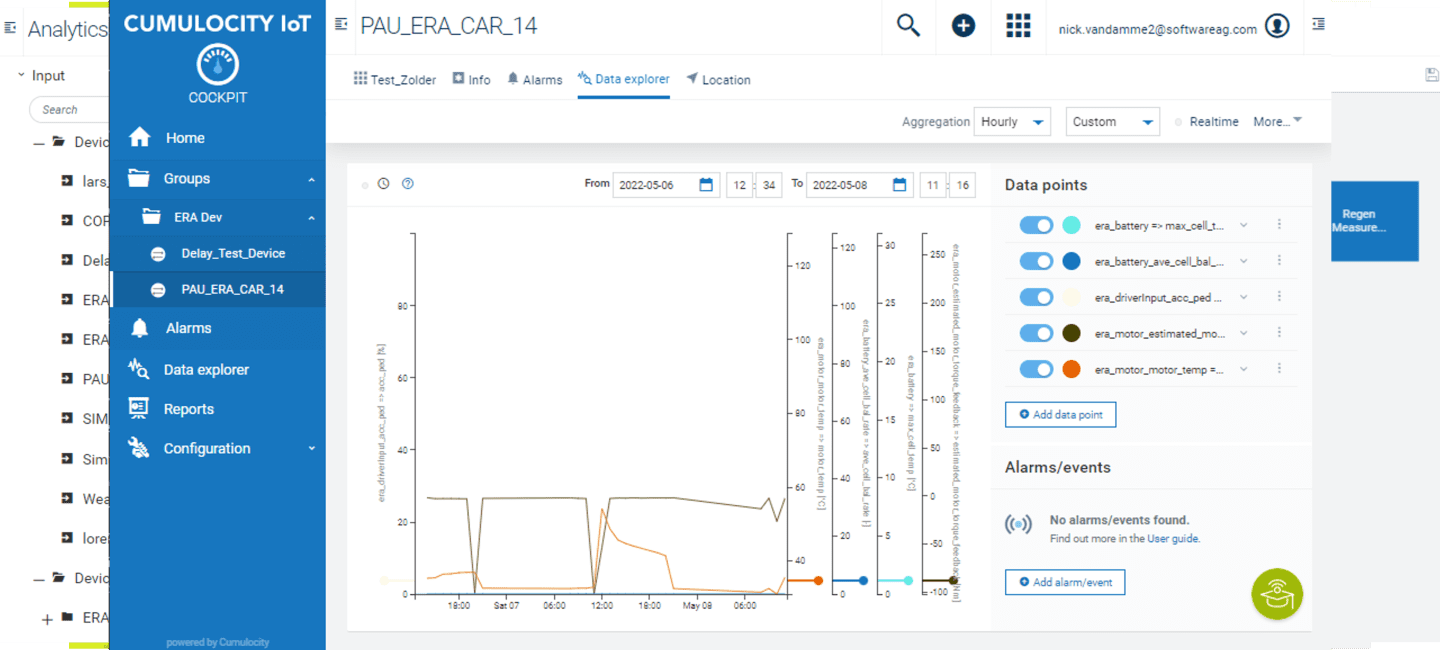
The first season of the ERA Championship has been a massive success for the accessibility, sustainability, and equitability of junior electric motorsport. We are proud to have supported its success through providing the IoT data-driven insights from thin-edge.io and Cumulocity IoT.
IoT is disrupting many industries, none more so than motorsport, and we look forward to achieving even more next year.
